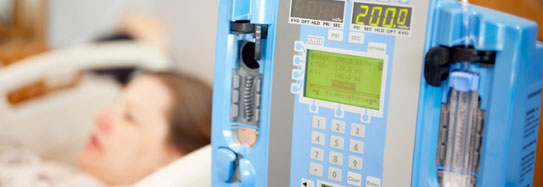Multiple sclerosis is a disease that affects your brain and nervous system. Currently, about 1 million people in the United States have MS. As with many progressive and chronic diseases, like diabetes or COPD, people with MS are at higher risk of contracting infections, which also puts them at higher risk of developing sepsis.
Sepsis is a life-threatening emergency that happens when your body’s response to an infection damages vital organs and, often, causes death. Like strokes or heart attacks, sepsis is a medical emergency that requires rapid diagnosis and treatment.
Multiple sclerosis is a disease where nerve fibers, called myelin, are destroyed. No one knows yet what causes MS, but it is considered to be an autoimmune disorder as your immune system attacks the myelin. Your body needs these fibers to transmit messages within the central nervous system (CNS). These messages allow your brain to tell your body to do things, like use your finger to push an elevator button or your leg to take a step.
As the damage to the fibers progress, scar tissue remains, blocking further transmissions.
The most common types of MS are:
- Relapse-remitting MS (RMSS): Up to 85% of people with MS have RMSS when they are first diagnosed. It causes relapses or attacks after periods of few or no symptoms. Quiet periods can last months, even years and people can stay in this stage. Eventually, about 50% of people with RMSS progress to SPMS.
- Secondary-progressive (SPMS): Rather than having periods of stability alternative with relapses, people with SPMS see a slow, steady progression of symptoms.
- Primary-progressive (PPMS): About 10% of people diagnosed with MS have PPMS, which starts with symptom progression right from the time you are diagnosed.
Suggested Citation:
Sepsis Alliance. Sepsis and Multiple Sclerosis. 2024. https://www.sepsis.org/sepsisand/multiple-sclerosis/
Updated February 16, 2024.


































